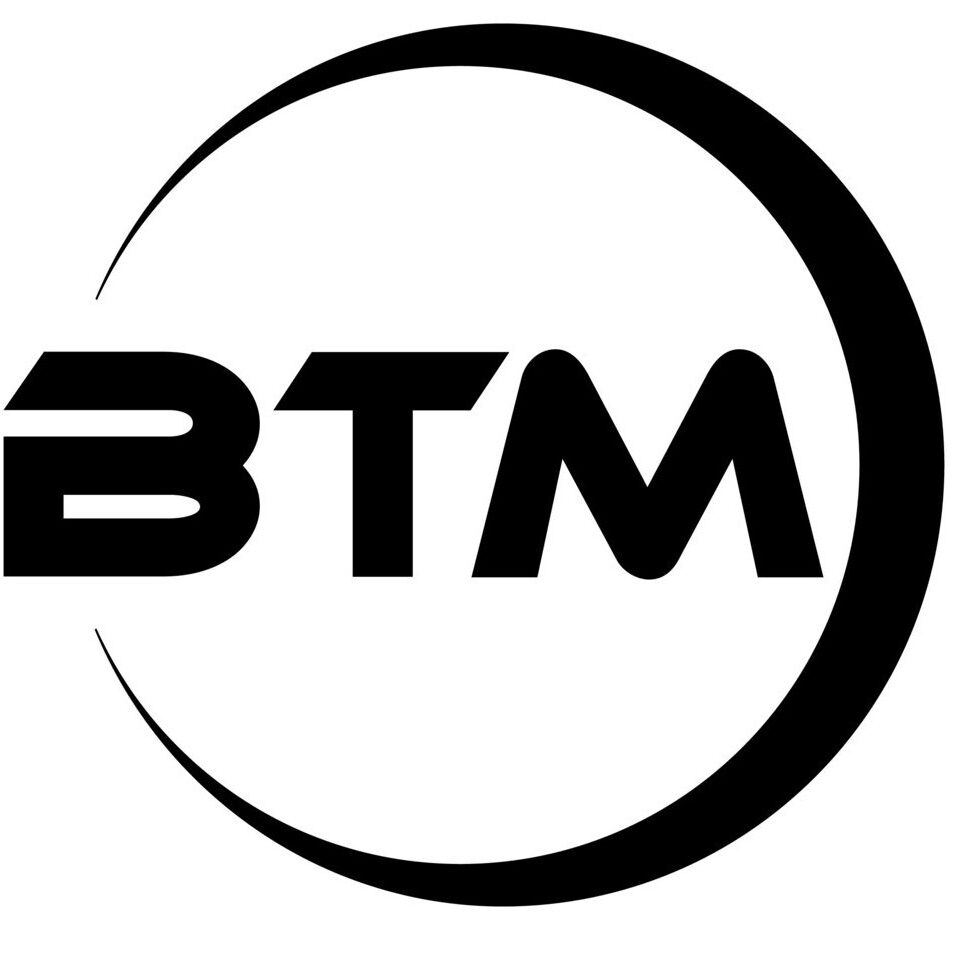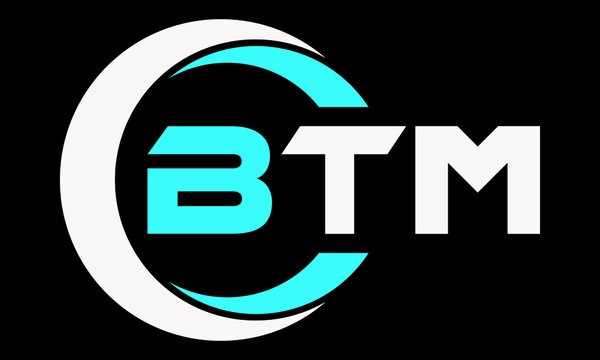Selecting the appropriate office furniture is crucial for creating a comfortable and productive workspace. When it comes to desks, one of the key decisions is choosing between standing desks and traditional sitting desks. Each option has its benefits and considerations, and the choice depends on factors such as individual preferences, job requirements, and health considerations. This guide explores the pros and cons of standing desks and sitting desks to help you make an informed decision for your office environment.
Standing Desks
Pros
Improved Posture
Standing desks encourage better posture by promoting a more upright position and reducing the likelihood of slouching or hunching over. This can alleviate strain on the neck, shoulders, and lower back, reducing the risk of musculoskeletal issues associated with prolonged sitting.
Increased Energy and Focus
Standing while working can boost energy levels and improve alertness, helping employees stay focused and engaged throughout the day. The act of standing promotes circulation and prevents the lethargy that can sometimes accompany long periods of sitting.
Calorie Expenditure
Standing desks can contribute to calorie expenditure and weight management by engaging muscles and burning more calories than sitting. While the difference may be modest, standing for part of the workday can help offset the sedentary nature of office work and promote overall health and well-being.
Cons
Fatigue and Discomfort
Standing for extended periods can lead to fatigue and discomfort, particularly in the feet, legs, and lower back. Employees may experience muscle soreness or achiness if they are not accustomed to standing for long periods or if proper ergonomics are not maintained.
Reduced Concentration for Certain Tasks
Some tasks may be more challenging to perform while standing, particularly those that require fine motor skills or detailed concentration. Employees may find it difficult to focus on intricate tasks or precision work while standing, leading to decreased productivity for certain activities.
Adjustment Period
Transitioning to a standing desk may require an adjustment period for employees to acclimate to the new setup. It may take time for individuals to build up endurance and find a comfortable standing position, especially if they are not used to prolonged standing.
Sitting Desks
Pros
Comfort and Familiarity
Sitting desks offer a familiar and comfortable work environment for employees accustomed to traditional office setups. Many individuals find sitting more relaxing and less physically taxing than standing, particularly for tasks that require prolonged concentration or focus.
Versatility and Adaptability
Sitting desks provide greater versatility and adaptability for various work styles and preferences. Employees can easily adjust their chair height, position, and posture to suit their individual needs, making it easier to find a comfortable and ergonomic setup.
Accessibility for Certain Tasks
Sitting desks may be more suitable for tasks that require a stable and stationary work surface, such as writing, drawing, or detailed computer work. Employees may find it easier to maintain precision and accuracy while seated, particularly for tasks that involve fine motor skills.
Cons
Sedentary Behavior
Prolonged sitting has been linked to various health risks, including obesity, cardiovascular disease, and musculoskeletal issues. Remaining sedentary for extended periods can contribute to poor circulation, muscle stiffness, and decreased energy levels, impacting overall health and well-being.
Increased Risk of Health Issues
Employees who spend the majority of their workday sitting may experience a higher risk of developing health issues such as obesity, diabetes, and back pain. Sitting for long periods can put strain on the spine, compress blood vessels, and lead to muscular imbalances and postural problems.
Reduced Calorie Expenditure
Sitting desks contribute to reduced calorie expenditure and physical activity compared to standing desks. Employees who sit for prolonged periods may burn fewer calories and experience decreased metabolic rate, potentially leading to weight gain and associated health issues.
Making the Decision
Consider Job Requirements
Assess the nature of employees’ work tasks and job requirements to determine which type of desk is most suitable. Jobs that involve primarily computer work or phone calls may benefit from standing desks to promote movement and energy levels, while tasks that require focused concentration or precision may be better suited to sitting desks.
Evaluate Employee Preferences
Take into account employee preferences and comfort levels when selecting business furniture. Some individuals may prefer the flexibility and energy of a standing desk, while others may feel more comfortable and productive at a sitting desk. Providing options and allowing employees to choose their preferred workstation can enhance satisfaction and well-being.
Promote Movement and Variety
Encourage employees to incorporate movement and variety into their workday, regardless of the type of desk they use. Encourage regular breaks, stretching exercises, and opportunities for standing or walking meetings to promote circulation, reduce stiffness, and enhance overall health and productivity.
Consider Ergonomic Accessories
Regardless of whether employees use standing or sitting desks, provide ergonomic accessories such as adjustable chairs, footrests, and monitor risers to support proper posture and comfort. Ensure that workstations are set up ergonomically to reduce the risk
of musculoskeletal issues and promote long-term health and well-being.
Offer Flexibility and Choice
Consider offering a flexible workspace environment that accommodates a variety of work preferences and needs. Provide options for employees to switch between standing and sitting desks based on their tasks, comfort levels, and personal preferences. Flexibility and choice empower employees to create a workspace that best supports their productivity and well-being.
Implement Trial Periods
Consider implementing trial periods or pilot programs to allow employees to test out different desk options and provide feedback. Soliciting input from employees can help identify the most effective solutions and address any concerns or challenges before making a full-scale implementation.
Monitor and Adjust
Regularly monitor the usage and effectiveness of standing and sitting desks within the workplace. Pay attention to employee feedback, observe productivity levels, and track any changes in health or well-being. Use this information to make adjustments and refinements to the office furniture setup as needed to optimize employee performance and satisfaction.
Conclusion
Choosing the right office furniture, whether standing desks or sitting desks, is essential for creating a productive and comfortable work environment. Each option has its benefits and considerations, and the choice depends on factors such as individual preferences, job requirements, and health considerations. By considering the pros and cons of each type of desk, evaluating employee needs and preferences, promoting movement and variety, providing ergonomic accessories, offering flexibility and choice, implementing trial periods, and monitoring usage and effectiveness, businesses can create a workspace that supports employee productivity, health, and well-being. Ultimately, the goal is to provide a conducive environment that empowers employees to perform their best and thrive in their roles.





